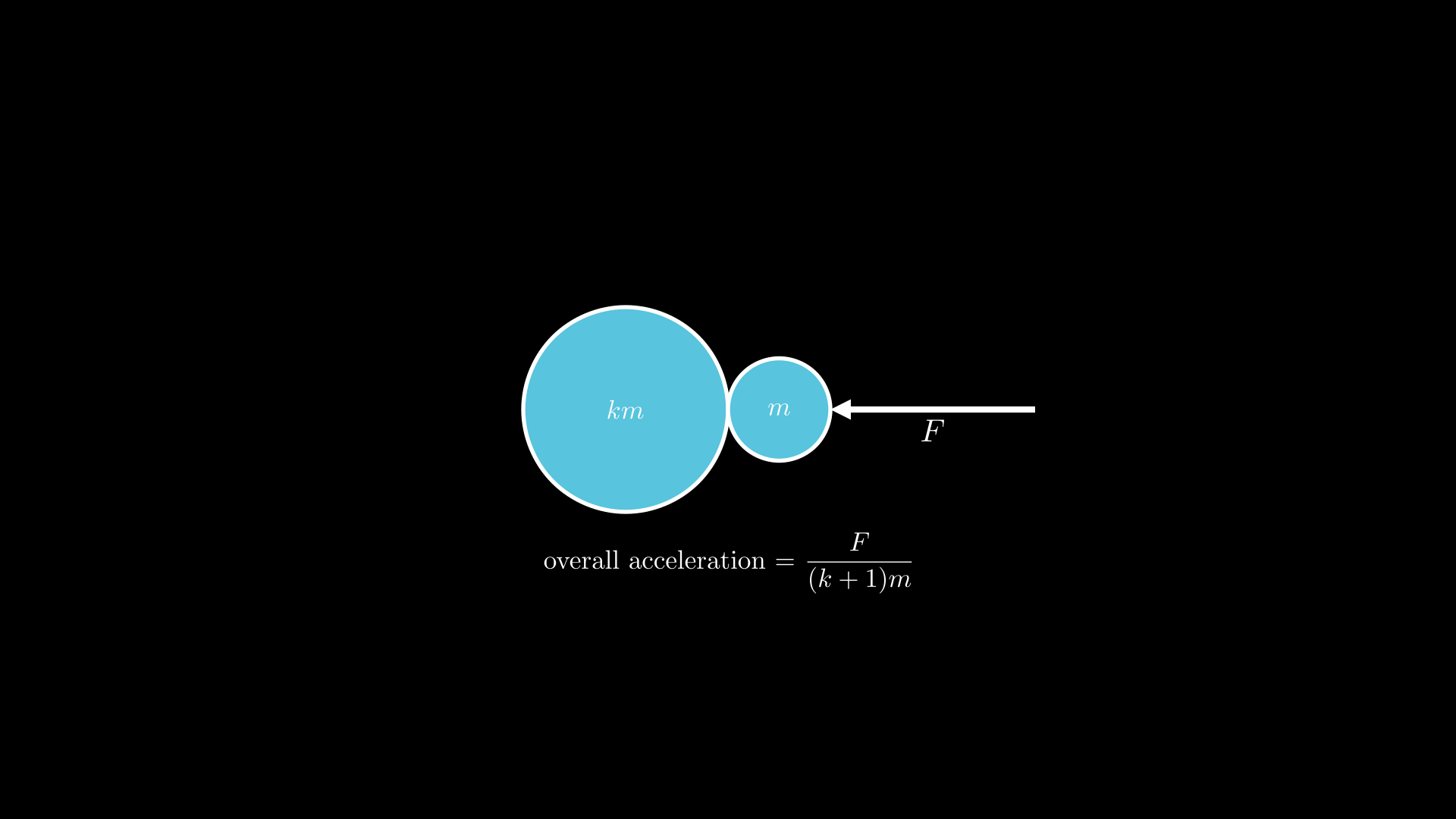About Newton's third law:
Instead of making use of the historical formulations of Newton's laws of motion I want to make a fresh start, laying down assumptions to be granted.
Law of motion 1.
Space and time are euclidean, position vectors, velocity vectors and acceleration vectors add according to the euclidean metric (that is, according to Pythagoras' theorem), inertia is uniform throughout space, an object that is not subject to a net force will in equal intervals of time cover equal intervals of distance.
Law of motion 2.
$F=ma$
So 'Law of motion 1.' is a lot of words here, but there is a concise way of stating it:
Space, time, and inertia are according to the euclidean metric.
The concise version:
Law of motion 1: space, time, and inertia are according to the euclidean metric.
Law of motion 2: $F=ma$
The reasons for proposing this form:
Ever since the introduction of relativistic physics we know that even though we still start with teaching newtonian mechanics, we need the ability to transition to relativistic physics.
We have that in terms of special relativity the metric of spacetime-and-inertia is the Minkowski metric. That is, in terms of special relativity the 'Law of motion 1.' is: Minkowski metric.
In terms of pre-relativistic theory of motion: the 'Law of motion 1.' is: euclidean metric, and we need to assert that space and time stand in a relation to each other: an object in inertial motion will in equal intervals of time cover equal intervals of distance.
Now a thought experiment:
Imaging a fleet of spaceships, initially none of the spaceships accelerates relative to the fleet. Two of the spaceships, let's call them A and B, are connected by a cable, for simplicity we make that cable massless. One of the spaceships starts reeling in the cable.
We know what the result will be: the two spaceships will start moving towards each other. The ratio of the masses of A and B determines the ratio of velocities, in accordance with $F=ma$.
When observed from afar the following three scenarios are indistinguishable:
-Spaceship A is the only craft reeling in the cable.
-Spacechips A and B are both reeling in.
-Spaceship B is the only craft reeling in the cable.
The three scenarios above are indistinguishable in the sense that in all three cases the resulting distribution of acceleration is the same.
In physics there is the following rule of thumb: if some purported distinction cannot be demonstrated with any experiment then you should not allow that distinction to enter your theory. A physics theory should contain only elements that can be experimentally verified.
Example: physics used to have a supposition of a luminiferous Aether. The problem is: in order to make it do what they needed it to do the aetherists had to allow that no experiment can detect this luminiferous Aether. The physics community decided: there is no point in supposition of an entity that inherently cannot be detected. In your theory you should not rely on it in any way.
Back to exertion of force.
Take for example the Coulomb force. When two particles interact, changing each other's momentum, is there any way of setting up an experiment that will tell you whether only one particle is doing the tugging, or whether the two particles are mutually tugging?
In both cases the resulting acceleration distribution is the same, so there is no point in asking the above question; it is not accessible to experiment.
In retrospect it is unfortunate that Newton stated his third law as a property of forces.
Newton formulated his third law as a property of reciprocity, a mutualness. In retrospect we see that things fall into place when we think about it in terms of symmetry. The reciprocity expressed by Newton's third law arises from the uniformity of inertia.
That is why it is worthwhile to assert uniformity of inertia within 'Law of motion 1.'
If you do that then the set of 'Law of motion 1.' and 'Law of motion 2. is sufficient.
It is nowadays quite common for physics textbook authors to associate Newton's third law with the principle of conservation of momentum. When two object interact, changing each other's momentum, the center of mass of the two objects remains in inertial motion.
As we know, the principle of conservation of momentum correlates with a symmetry: in order to formulate a theory of motion we assume inertia is uniform, everywhere.

